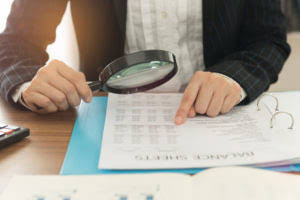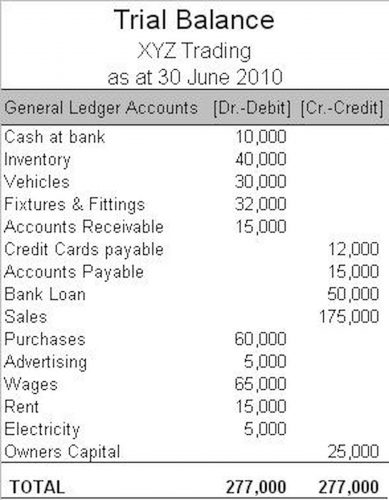
Your primary concern should be on how much should be debited and credited to each account. Here are four easy steps that’ll teach you how to record a depreciation journal entry. When using this method, depreciation is not credited to the asset account. A provision for depreciation or an accumulated depreciation account is maintained where depreciation is credited separately.
Impact of depreciation on financial statements

Depending on the local laws, fittings may also be included in the definition of ‘furniture’.
- Eric Gerard Ruiz, a licensed CPA in the Philippines, specializes in financial accounting and reporting (IFRS), managerial accounting, and cost accounting.
- These are the straight-line method, double declining balance method (DDB), Sum of the Year Digit method (SYD), and Unit of Production method.
- If there is no accounting manual or relevant documentation about this matter, reach out to the bookkeeper or predecessor accountant.
- Asset depreciation is the process of allocating the cost of a fixed asset over its useful life.
Step 4: Verify if the Depreciation Calculations and General Ledger Balances Agree

The sum-of-the-years’ digits method is another way to allocate higher depreciation in the early years of an asset’s life. It involves a fraction based on the remaining years of the asset’s useful life compared to the total sum of the years. To calculate depreciation, you’ll double the straight-line depreciation rate and apply it to the asset’s book value at the start of each year.
Choose a depreciation method

It’s useful for assets that lose value faster when they’re new, like technology or machinery. Suppose your business purchases office furniture for SAR 45,000 on January 1. The furniture has a useful life of 5 years and a SAR 7,000 salvage value. You’ve chosen the straight-line depreciation method, which spreads the cost evenly over the asset’s useful life. After recording, subtract the accumulated depreciation from the asset’s original cost to determine its book value. Each year, the same amount of depreciation is recorded until the asset is fully depreciated.

The Difference Between Carrying Cost and Market Value
In the journal entry, you debit the depreciation expense account and credit the accumulated depreciation account. This ensures the asset’s cost is recording transactions correctly reflected in your financial statements. The accounting practice of allocating the cost of a tangible asset over its useful life is known as a depreciation journal entry. This process involves taking a portion of the cost and transferring it to an expense account called depreciation expense. The other portion of the cost is then transferred to an asset account called accumulated depreciation.
- These entries are designed to reflect the ongoing usage of fixed assets over time.
- The furniture has a useful life of 5 years and a SAR 7,000 salvage value.
- This post will delve into the specifics of depreciation expense journal entries, where and how to record them, and how they impact financial statements.
- The sum-of-the-years’ digits method is another way to allocate higher depreciation in the early years of an asset’s life.
- At the end of each accounting period, a depreciation journal entry is made as part of the routine adjustments.
- Once you have your data and chosen depreciation method, use the corresponding formula to calculate the annual depreciation expense.
- But despite how commonplace fixed assets are, accounting for them can be a challenge.
It’s recorded through the which of these are parts of the journal entry to record depreciation? accumulated depreciation account, which offsets the asset’s original cost on the balance sheet. This process ensures your financial statements reflect the declining value of assets as they age or are used. Having a clear capitalization limit keeps your financial reporting consistent and ensures small, lower-cost items don’t clutter your fixed asset records. It’s also a practical way to stay aligned with accounting standards like GAAP or IFRS, which encourage businesses to apply simple, systematic processes for managing fixed assets. Making sure your depreciation journal entries are recorded correctly helps you stay on top of your fixed asset management.
This is done because assets lose value over time due to wear and tear, obsolescence, and other factors. Depreciation expense allows businesses to match the cost of their assets to the revenue they generate over time. This provides a more accurate Retail Accounting picture of a company’s profitability and financial condition. Carrying cost refers to the value of an asset as it appears on the balance sheet.
